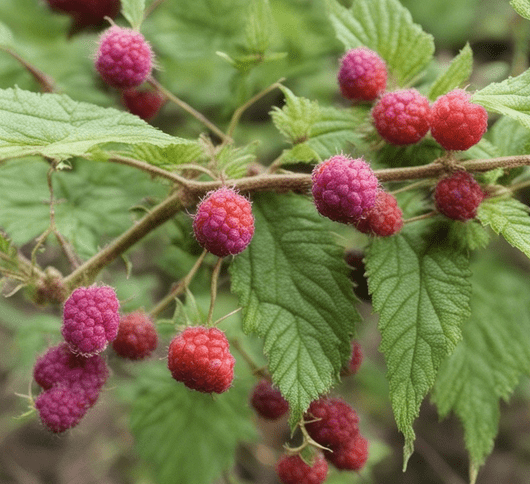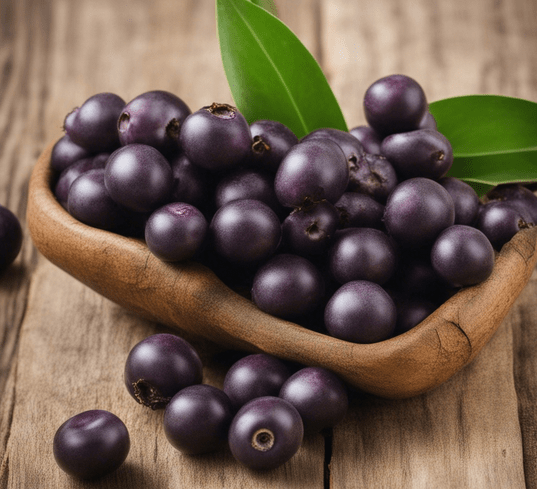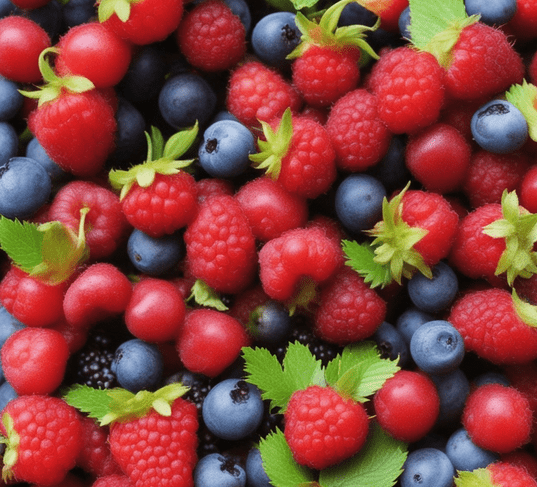Nurture the wonders of salmonberries with a care guide on “Salmonberry Plant Care.” Unlock the secrets of cultivating these unique berries, from planting to harvest. This guide simplifies the care process, ensuring your salmonberry plants flourish. Ready to enjoy the delightful taste of homegrown salmonberries? Let’s explore the essential steps for salmonberry plant care together!
Understanding Salmonberries
Salmonberries are deciduous shrubs belonging to the rose family. They are known for their striking, salmon-colored berries, which are not only visually appealing but also quite tasty. These shrubs can grow anywhere from 3 to 10 feet in height, making them versatile for different garden settings.
Choosing the Right Location
Salmonberries thrive in partial to full sunlight. Select a location in your garden that receives at least 6 hours of sunlight daily. Well-draining soil is essential for their growth, and they prefer slightly acidic to neutral soil with a pH level between 5.5 and 7.0.
Planting Salmonberries
Plant salmonberries in early spring or late fall when they are dormant. Dig a hole that is twice the width of the root ball and at the same depth. Space multiple plants at least 5 to 6 feet apart to ensure proper air circulation and room for growth.
Soil Preparation
Before planting, amend the soil with organic matter like compost or peat moss to improve its texture and fertility. This will help with moisture retention and provide essential nutrients to the plants.
Watering
Keep the soil consistently moist, especially during the growing season. Salmonberries have shallow root systems, so regular watering is crucial for their health. Apply a layer of mulch around the base of the shrubs to help retain moisture and suppress weeds.
Pruning
Salmonberry plants benefit from annual pruning to remove dead or diseased branches and to encourage new growth. Pruning should be done in late winter or early spring before new growth begins.
Fertilization
Salmonberries are relatively low-maintenance when it comes to fertilization. A balanced, slow-release fertilizer applied in the spring should be sufficient to support their growth.
Pest and Disease Control
Keep an eye out for common garden pests like aphids and spider mites, which may occasionally affect salmonberries. Regular inspections and early intervention with organic pest control methods can help protect your plants.
Harvesting Salmonberries
Salmonberries typically ripen in early to mid-summer. Harvest the berries when they turn a vibrant salmon color and easily come off the plant with a gentle tug. They can be enjoyed fresh, used in jams, or incorporated into various culinary creations.
Conclusion
Salmonberries are a delightful addition to your garden, not only for their sweet and juicy fruits but also for their ornamental value. With the right care and attention, these native shrubs can thrive and provide you with a bountiful harvest of delectable salmon-colored berries for years to come.



